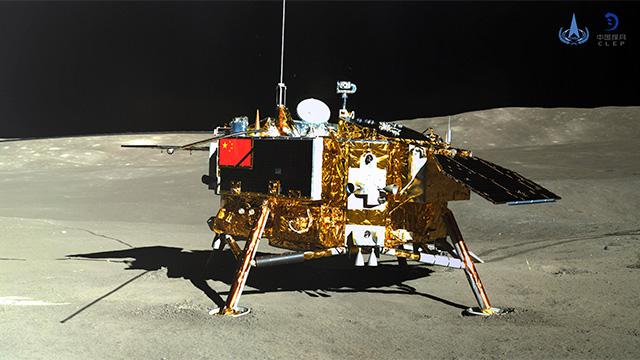Starting this year, Japan will invest a total of 100 billion yen in moonshots. An expert panel will be set up once a budget bill is passed, likely in early February. It will decide what type of projects to explore.
Although the areas to be pursued are still up in the air, many sound a little like science fiction. Possible ideas include technologies that can change the course of typhoons and ways to extract fuel from the air by collecting nitrogen and methane.
Other ideas include technology to put ill or injured people into "hibernation" until they can receive proper treatment and machines that can be operated using thought alone.
But Japan is already far behind. Major economies have poured trillions of dollars into moonshot projects, such as GPS, quantum cryptography and genome editing. And they have plans to continue doing so.
In the US, the National Science Foundation, has launched "10 Big Ideas," a project which will see the agency invest 30 million dollars each in ten different ideas this year. Topics range from harnessing the data revolution to navigating the Arctic.
Meanwhile, China's latest headline-grabber is a literal moonshot. It has, for the first time in history, successfully landed a probe on the far side of the moon. While little is known about what else to expect, media reports say there are plans to launch an "artificial moon" to light up the night sky.

The European Union also has its own program, the European Innovation Council Pilot. It will invest 2.7 billion euros from 2018 to 2020 to foster innovations.
To catch up with the rest of the world, Japan must overcome two main challenges. One is that most programs that fund science and engineering are bottom-up, meaning scientists and researchers decide what to pursue. Under the new moonshot program, government officials and experts will decide on the projects first, before liaising with universities, research institutions and companies to gauge their level of interest.
The second challenge is the role of corporations. In the US, IT tech giants such as Google are funding multiple moonshot projects on their own.
Meanwhile, in Japan, nearly 80 percent of research and development is funded by businesses. But they are investing with the goal of profit, not innovation. Experts say this means the goals they set are often less than ambitious. Funding mainly goes to the manufacturing sector and the new technology that is developed is used to upgrade or improve products, rather than producing innovations with the potential to benefit society.
Japan is seeking fresh sources of growth as its population ages. A lot is riding on the new moonshot program. And, if successful, it could lead the way to a brighter future in many aspects of life.

